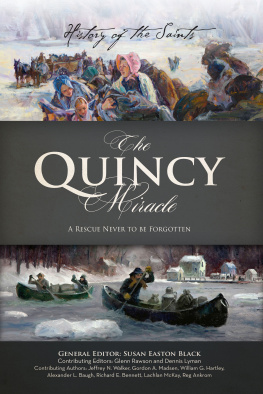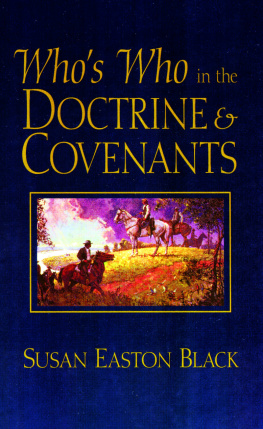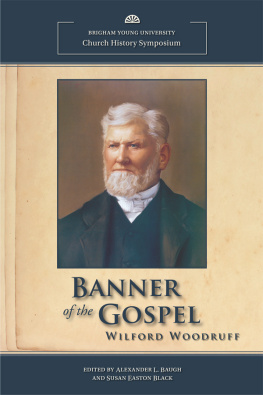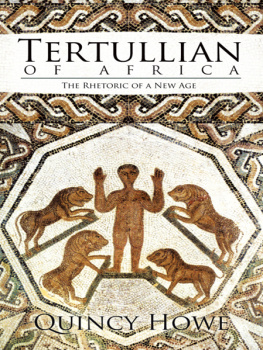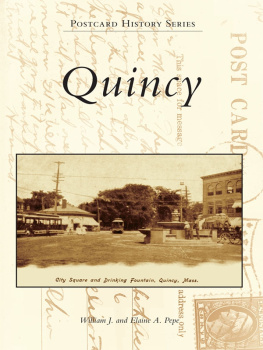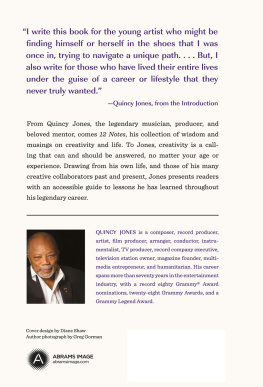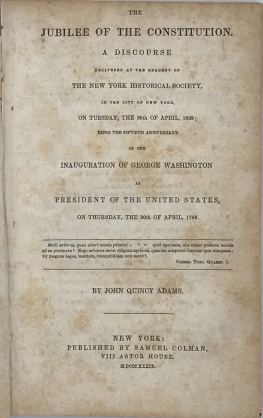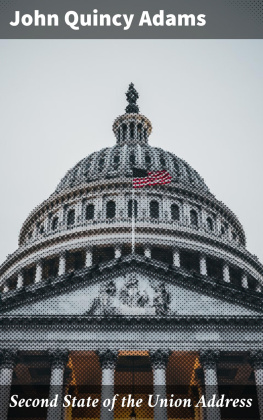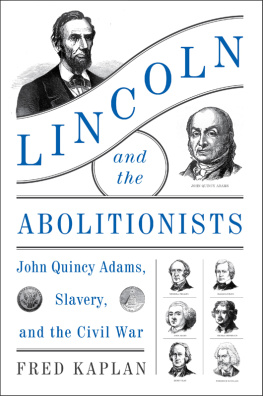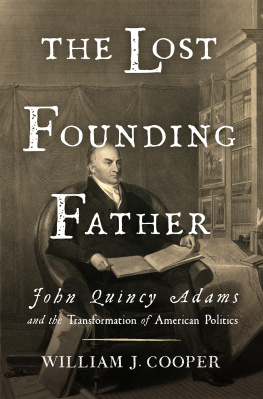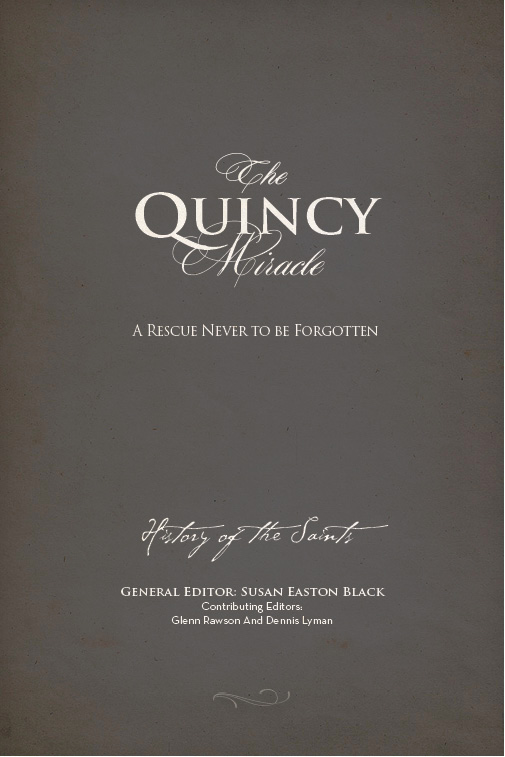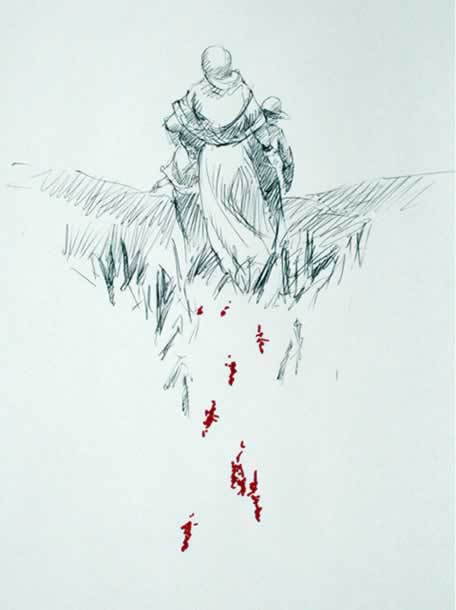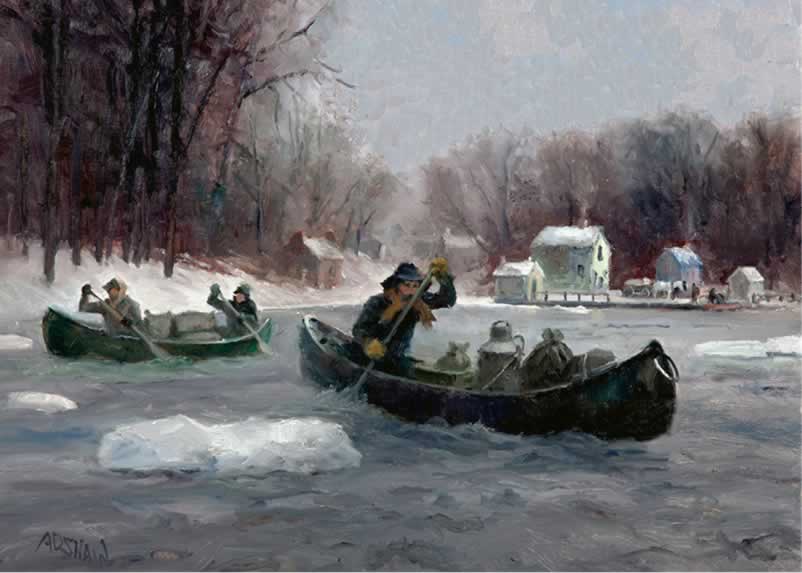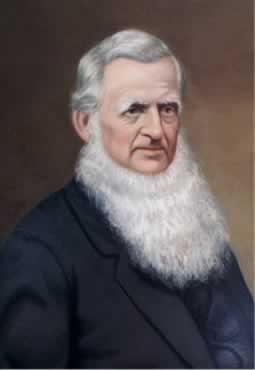Cover images: top: Refugees on the Mississippi , by Julie Rogers;
bottom: Braving the Ice , by A. D. Shaw.
Back cover: Night Crossing , by Liz Lemon Swindle.
Published by History of the Saints Inc.
Sandy, Utah
Cover and interior design by Susan Lofgren and Anna Oldroyd.
Editorial assistance by Bryant Bush; image research and cover design assistance by Adam Lyman.
Copyright 2016 History of the Saints, Dennis C. Lyman, Glenn Rawson, Susan Easton Black, Jeffrey N. Walker, Gordon A. Madsen, William G. Hartley, Alexander L. Baugh, Richard E. Bennett, Lachlan Mackay, Reg Ankrom.
All rights reserved. No part of this book may be reproduced in any format or medium without the written permission of the publisher, History of the Saints Inc.
1785 East Sunrise Park Drive, Sandy, Utah 84093
ISBN 978-0-9976694-0-4
Printed in China
First printing 2016

The Mormons were a people in trouble!
October 27, 1838, Missouri governor Lilburn W. Boggs signed Executive Order 44, declaring, The Mormons must be treated as enemies, and must be exterminated or driven from the state if necessary for the public peace. Thousands of Missouri militia forces were called out; they surrounded the Latter-day Saint settlement of Far West and demanded that the Mormons leave the state according to the governors order.
But where could more than ten thousand people go on a moments notice as winter approached? They were already on the western frontier of the United States. They couldnt go south; that would take them deeper into Missouri. They couldnt go west; that was Indian Territory. They couldnt go north; that was Iowa Territory, which was sparsely settled at best. The shortest and most direct route out of Missouri was due east across the Mississippi River and into Illinois. Based on an inviting word from a few Mormons already living in Quincy, Illinois, it was decided that the main body of the Latter-day Saints would go to Quincy to join the handful already there.
To hasten the Mormons departure, mobs continued to prey on them, plundering, pillaging, raping, and burning. Joseph and Hyrum Smith were taken prison along with other Church leaders, and it was announced that they would be held until every Mormon had left the state. Joseph Holbrook commented, We found that there was no more peace or safety for the saints in the state of Missouri. If the Church would make haste and move as fast as possible, it would aid much to relieve our brethren who are now in jail as our enemies were determined to hold them as hostages until the Church left the state. Every exertion was made in the dead of winter to remove as fast as possible.
The flight of ill-prepared Mormons from the state of Missouri to Quincy, Illinois, is a saga of grand proportions. Their Trail of Tears was marked by bloodstained footprints.
Bloody Footprints
by Kelly Donovon
By December 1838, the Mormons began to move with whatever conveyance they could obtain, leaving behind much of what they owned. Brigham Young invited the Mormon brethren to covenant to assist the poor in leaving the state, and he did his best to gather resources to help them get out. He would not rest until all were safely out of Missouri.
By the bitter cold of January 1839, there were hundreds of men, women, and children strung along a two-hundred-mile trail leading east. It was the Latter-day Saint Trail of Tears. The weather was forbidding. At times the snow fell as much as a foot deep, accompanied by wind and bitter cold. At other times their way was marred by rain and deep mud. None had adequate food or clothing. Some were barefoottheir way across the prairie was marked by bloody footprints. Not all would survive the flight from Missouri.
By February, hundreds of Mormon refugees lined the west bank of the Mississippi River. Wagons filled with families and all they owned would pull to the rivers edge, drop their human cargo and their meager belongings in the snow, and then turn back to help evacuate more of their fellow Saints.
At times the mighty river was impassable, as large chunks of floating ice prevented boat traffic on the river. Under these conditions, the Mormons were trapped: ahead was the impenetrable river, and behind were the Missourians, terrorizing them at every turn. Their only option was to hunker down and wait for the river to freeze so that they could cross over to Illinois on the ice.
Meanwhile, from across the river, citizens of Quincy saw firsthand the miserable drama of human suffering. The Quincy Whig documented that A large number of families are encamped on the opposite bank of the Mississippi waiting for an opportunity to cross . If they have been thrown upon our shores destitute, through the oppressive people of Missouri, common humanity must oblige us to aid and relieve them all in our power.
Citizens of Quincy braved the dangerous, icy waters of the Mississippi to take food and supplies to Mormon exiles huddled together on the west bank of the river.
Braving the Ice
by A. D. Shaw
Sometimes the shelter for the refugees consisted of nothing more than a blanket thrown over a low-hanging limb. It was under these conditions that one Latter-day Saint woman, Martha Thomas, gave birth in a bed comprised of a rope contraption under quilts hung over a tree. Notwithstanding the risk, a delegation of Quincy residents braved their way across the river, bringing blankets and supplies. When they inquired of the Mormons what they needed, they were told: If we should say what our present wants are, it would be beyond all calculation, as we have been robbed of our corn, wheat, horses, cattle, hogs, wearing apparel, houses and homes, and indeed of all that renders life tolerable . Give us employment. Rent us farms. And allow us the protection and privileges of other citizens.
In 1839, John Wood, the founder and mayor of Quincy, asked his community to give benevolent compassion to the Mormon refugees.
The river alternately froze and thawed throughout January and February. In late February 1839, the temperature dropped and the river froze solid. The Mormons braved the ice and came across. Eleven-year-old Mosiah Hancock talked of struggling to walk across the clear and slippery ice barefoot. As he neared the eastern bank the ice began to break up. Father said, Run Mosiah! and I did run, the boy remembered. We all just made it on the opposite bank when the ice started to snap and pile up in great heaps and the water broke through.
The relief of Mormons at finally being free of the terrors of Missouri was so great that some dropped to their knees on Quincys shores and offered prayers of thanksgiving; others kissed the ground. Some made camp there on the banks of the river; others struggled up the bluffs to Washington Park, the main square of Quincy, where they set up makeshift tents. Wilford Woodruff described what he saw: I saw a great many of the saints, old and young, lying in the mud and water, in a rainstorm, without tent or covering . The sight filled my eyes with tears.

